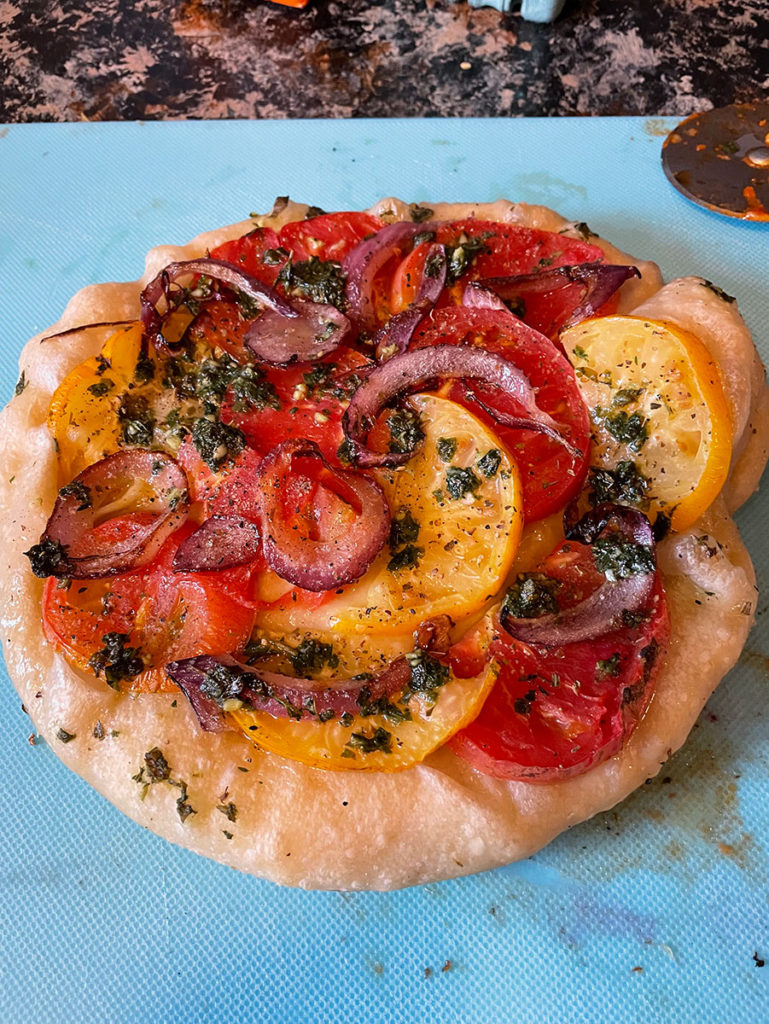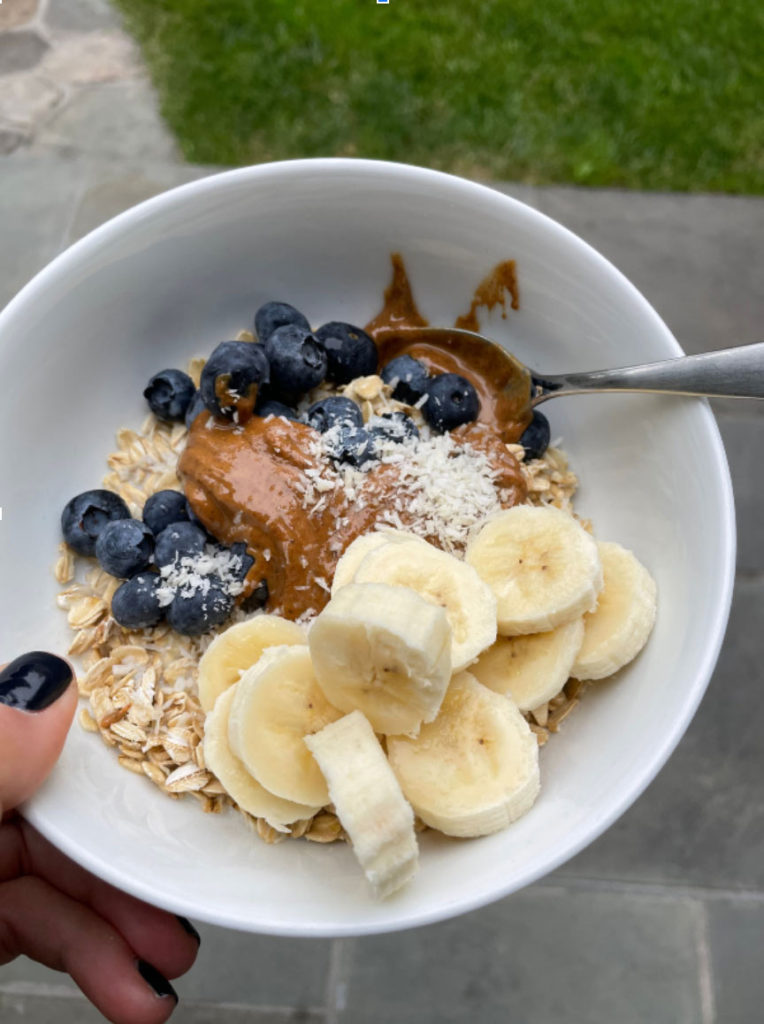Amy Stephens
MS, RDN, CSSD, CEDS
Licensed dietitian
specializing in sports nutrition
and eating disorders
MS, RDN, CSSD, CEDS
Licensed dietitian
specializing in sports nutrition
and eating disorders
Why important
It has been proven that athletes with more muscle mass and less fat are able to run faster due to the power-to-weight ratio. Oftentimes, athletes will try to lose weight in an unhealthy way which can negatively affect performance and cause injury. This post reviews safe and effective strategies to lower body fat without compromising performance and mental health.
Factors influencing body composition
Genetic predisposition, age, sex, activity level, and dieting history are a few factors that affect body composition. As we age, our bodies have a greater percentage of fat tissue although studies have recently shown that can be mitigated with healthy eating and exercise. Gender is also a factor, as male athletes tend to have lower body fat composition while female-identifying athletes tend to have higher body fat.

Off season
In the off season, many athletes find themselves increasing weight. Rather than crash dieting to get back into shape, I created a guide to help decrease body fat without losing muscle or compromising performance and may cause injuries to ensue.
Performance
Running performance is based on a power to weight ratio. Increasing the amount of muscle and decreasing body fat enable an athlete to move faster through strides with less effort.
Oftentimes, athletes will cut calories and “diet” or utilize intermittent fasting in an effort to lower body fat and improve performance. However, these types of diets lead to depletion of glycogen and muscle mass. They are overly restrictive and the athlete often ends up regaining the weight, mostly as fat tissue which decreases performance.
The human body needs a combination of carbohydrates, fats and protein to perform at its best. I’ve compiled a list of tips below to help athletes lose fat in a healthy way without feeling deprived, compromise performance or lead to weight regain.
Carbohydrates
During a run, our bodies are using glycogen, a stored form of glucose, as the primary source of fuel. Easy and tempo runs (VO2max 50-80%) utilize a combination of fat and glucose for fuel. Harder track workouts (VO2max >80%) will use mostly glucose. Since our bodies are mostly using glucose for energy, replenishment after a run with carbohydrate-rich food is essential to improve training and overall fitness. Studies have shown that carbohydrates are the fastest source of energy to power a workout or run. Carbs convert into glucose at a faster rate than protein or fats and enable the athlete to run and continue running at a faster speed. Target about 5-8 grams of carbohydrates per kilogram of body weight per day (Burke).
Protein
Protein-rich foods are essential to help replenish amino acids used by muscles and repair muscle damage that occurs during eccentric exercises such as down hill running. If the diet is lacking in protein, muscle repair and growth will be negatively affected. Target 1.5-2.3 grams of protein per kilogram of body weight per day (Mettler).
Fat
Fat provides calories to support hormone production, which helps regulate many important functions in the body such as; menstruation, bone formation, or iron regulation. It’s important to get in enough healthy fat calories to keep you full and provide fat soluble vitamins. Aim for 20% of calories from fat per day.
To convert pounds to kilograms, divide by 2.2.
All of these nutrients are critical to achieving optimal performance so careful attention needs to be made especially during weight loss efforts. Several studies have shown that crash diets don’t work and can lead to muscle loss, slow metabolism, poor mood, and decreased performance. To decrease body fat in a healthy way, follow these tips:
Tips
Learn more about intuitive eating. This is a concept that focuses on hunger and satiety cues. Reconnect with how your body feels when you are hungry. Learning to slow down when eating by chewing slowly and taking breaks will help you recognize when you are full. These simple strategies will prevent overeating.
Sample meal plan
Breakfast
Pre workout
Oatmeal w/ banana + nuts or nut butter
Post workout
Chocolate milk, granola bar or green smoothie
Lunch
Rice bowl with grilled chicken and vegetables
Bowl of strawberries
Or
PB&J with green smoothie – banana, ice, milk, peanut butter, and spinach
Snack
Plain low-fat yogurt with fruit
Dinner
Grilled chicken, salmon or turkey burger, baked potato, salad or steamed vegetables with olive oil and lemon
Dessert – blueberries or dark chocolate
Snack (optional)
Graham crackers and low-fat milk

References
Burke L. and Deakin V. (2015). Clinical Sports Nutrition (5th edition). North Ryde, N.S.W McGraw-Hill Education.
Close GL, Sale C, Baar K, Bermon S. Nutrition for the Prevention and Treatment of Injuries in Track and Field Athletes. Int J Sport Nutr Exerc Metab. 2019 Mar 1;29(2):189-197.
Jeukendrup AE. Periodized Nutrition for Athletes. Sports Med. 2017 Mar;47(Suppl 1):51-63.
Mettler S, Mitchell N, Tipton KD. Increased protein intake reduces lean body mass loss during weight loss in athletes. Med Sci Sports Exerc. 2010 Feb;42(2):326-37.
Stellingwerff T, Maughan RJ, Burke LM. Nutrition for power sports: middle-distance running, track cycling, rowing, canoeing/kayaking, and swimming. J Sports Sci. 2011;29 Suppl 1:S79-89.
Thomas D, et al. Position of the Academy of Nutrition and Dietetics, Dietitians of Canada, and the American College of Sports Medicine: Nutrition and Athletic Performance. J Acad Nutr Diet. 2016 Mar;116(3):501-528.